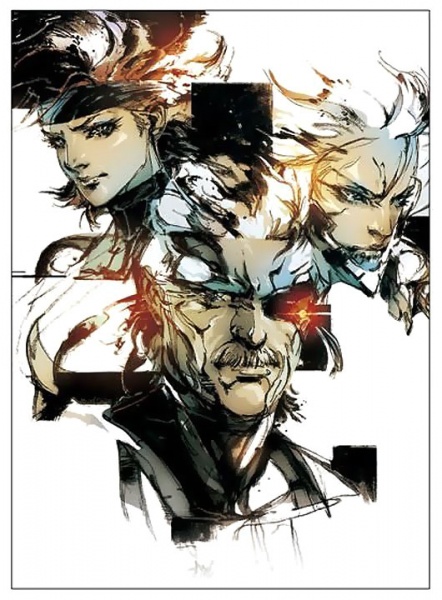
This was in 1991-92 and even at this time a U.S. We made a pitch that we could maximize the quality of the games by combining the funding to develop only one game engine that would be used by both games. As I recall they were perhaps around $600,000 each.

We pitched separate ideas for a game starring Link and a separate one with Zelda. I think AIM chose to go with the biggest names that Nintendo had at the time. A number of developers pitched AIM with ideas. As I understood the arrangement, it wasn't a license of five games but five characters.

Somehow, Philips got a deal with Nintendo to license five characters. It's a miracle what developers managed to squeeze out of the CDi, and even then AIM (American Interactive Media, Philips' CDi software publishing arm) didn't want games.ĭale DeSharone: This is where the Link and Zelda story begins. Mr DeSharone went on to explain at length all the technical problems with the system, from an inability to properly stream audio, the poorly interfaced infra-red controller, slow 68000 processor, problems with saving and so on. This was dictated by the video memory available. If you look at the scrolling in Link or Zelda you'll see that you can only scroll about 2 or 2.5 screens horizontally. It was dreadfully slow and severely limited what was possible. That one year turned into four, due to constant delays with the hardware emulation systems and the operating system. I had originally planned to be at Spinnaker only one year as Philips was planning to release the machine in 1988.

I eventually became manager of the development group. Spinnaker had a deal with Philips to produce seven launch titles. Dale DeSharone: In 1987 I moved from Northern California to Boston, Massachusetts, to help build a CDi team for Spinnaker Software.


 0 kommentar(er)
0 kommentar(er)
